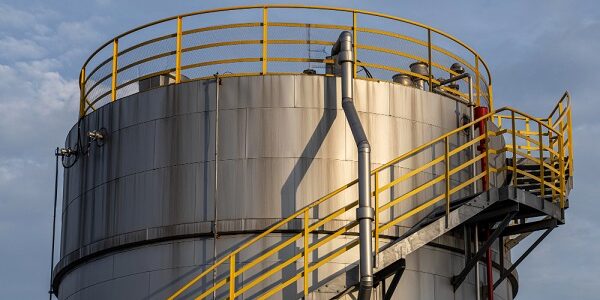
Best Practices for Industrial Tank Cleaning
Introduction:
Industrial tanks are used for storing and transporting a wide variety of products, from chemicals and food to fuel and lubricants. In order to maintain the quality and safety of these products, it is essential for tanks to be regularly cleaned. As cleaning tanks is a delicate process, it is important to follow the best practices to ensure the safety of those involved and the quality of the end product. In this article, we will discuss the best practices for industrial tank cleaning and the role of industrial cleaning chemicals and products in the process.
Table of Contents
I. Introduction
II.Overview of Industrial Tank Cleaning
A.Types of Industrial Tanks
B. Reasons for Cleaning Industrial Tanks
III. Best Practices for Industrial Tank Cleaning
A. Step-by-Step Process
B. Considerations for Different Types of Tanks
C. The Role of Industrial Cleaning Chemicals and Products
IV. Conclusion
II. Overview of Industrial Tank Cleaning
Industrial tanks are used for storing and transporting a wide variety of products. These tanks come in a variety of shapes and sizes, and are made from a range of materials such as metal, plastic, fiberglass, and concrete. They can be used for storing chemicals, fuel, lubricants, and food. In order to maintain the quality and safety of the products stored in these tanks, it is essential for them to be regularly cleaned.
A) Types of Industrial Tanks
Industrial tanks can be classified into different types, depending on their purpose and the material they are made of. Some of the most common types of industrial tanks include: metal tanks, plastic tanks, fiberglass tanks, and concrete tanks. Each type of tank requires different cleaning methods, and it is important to select the right type of tank for your specific application.
B) Reasons for Cleaning Industrial Tanks
Industrial tanks must be regularly cleaned in order to maintain their quality and safety. Contamination can occur due to improper storage, improper handling, or even due to the environment the tank is in. Contamination can lead to product degradation, and can also lead to health and safety risks for workers. Proper cleaning of industrial tanks can help prevent contamination and ensure the quality and safety of the stored product.
III. Best Practices for Industrial Tank Cleaning
Cleaning industrial tanks is a delicate process, and it is essential to follow the best practices in order to ensure the safety of those involved and the quality of the end product. The best practices for industrial tank cleaning include:
A) Step-by-Step Process
The first step in the tank cleaning process is to empty the tank of all contents, and then thoroughly inspect it for any signs of damage or corrosion. Once the tank is inspected, it should be thoroughly washed using a combination of hot water and chemical cleaners. After the tank is washed, it should be rinsed with clean water and allowed to dry. The next step is to inspect the tank for any remaining contamination, and to address any areas of concern.
B) Considerations for Different Types of Tanks
Each type of tank requires different cleaning methods and products. For example, metal tanks should be cleaned with an alkaline cleaner to ensure that all dirt and debris are removed. Fiberglass tanks should be cleaned with an acid-based cleaner, as this will help remove any stains or deposits. Plastic tanks should be cleaned with a mild detergent or special plastic cleaner.
C) The Role of Industrial Cleaning Chemicals and Products
Industrial cleaning chemicals and products play an important role in the tank cleaning process. The right cleaning chemicals and products can help ensure the quality and safety of the stored product. It is important to select the right cleaning chemicals and products for the specific type of tank being cleaned. Industrial cleaning chemicals and products should be chosen from a reliable manufacturer, as this will ensure that they are of high quality and suitable for the task at hand.
IV. Conclusion
Industrial tank cleaning is a delicate process, and it is essential to follow the best practices in order to ensure the safety of those involved and the quality of the end product. The best practices for industrial tank cleaning include thorough inspection of the tank, washing with the right cleaning chemicals and products, rinsing with clean water, and inspection for remaining contamination. Industrial cleaning chemicals and products play an important role in the cleaning process, and it is important to select the right cleaning chemicals and products from a reliable manufacturer.
